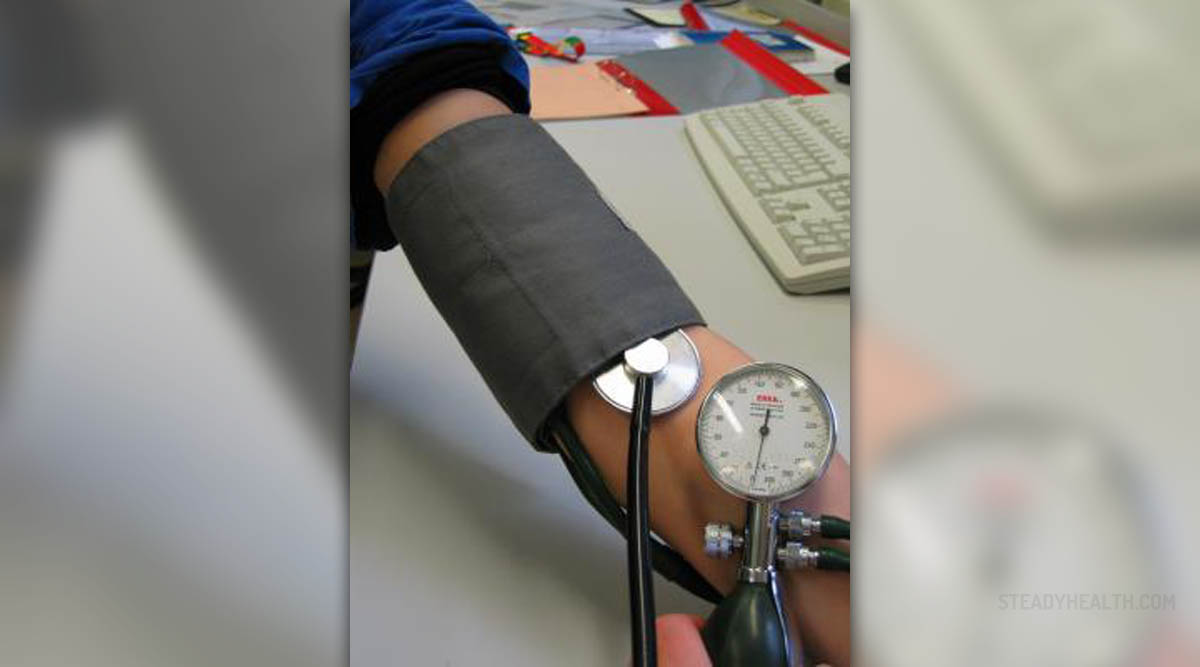
Circulatory system in the humans is a very complex system consisting of the heart, blood vessels and blood. The major organ of this system is the heart, which works like a pump and has the role to pump the blood through the blood vessels throughout the entire body. The blood vessels form an enormous network comprised of arteries and veins, as well as of small blood vessels, arterioles and capillaries. The blood that flows is rich in necessary nutrients and oxygen.
Blood pressure is actually the force that the blood makes on the walls of the blood vessels. When we measure the blood pressure, the apparatus always shows us two readings. The upper number is systolic blood pressure while the heart is beating, whereas the lower number refers to the diastolic blood pressure while the heart is relaxed. One of the problems that the people may face is fluctuating blood pressure.
Causes of fluctuating blood pressure
When blood pressure fluctuates from time to time, it is not a serious condition. However, when this becomes chronic, it should be treated and kept under controlled. Blood pressure fluctuation can manifest through hypertension (or high blood pressure) and hypotension (or low blood pressure). In case of hypertension, the heart is working harder than normal due to certain heart diseases, kidney diseases or hormonal imbalance. On the other hand, when hypotension is in question, the heart cannot work at normal rate due to low blood volume.
The normal blood pressure is around 120/80 mmHg. When the instrument for measuring blood pressure shows the values above 140/90 mmHg, it is regarded to be hypertension. On the other hand, when it shows the values less than 90/60 m Hg, it is considered to be low blood pressure.
Symptoms and treatment of fluctuating blood pressure
Normally, blood pressure fluctuation does not show any signs and symptoms in the beginning. When the first symptoms of this condition begin to appear, they usually include headache, vertigo, dizziness and fatigue. When these symptoms are noticed, the person in question should regularly measure the blood pressure at least three times a day. Once the fluctuating blood pressure is diagnosed, it should be treated by eliminating the responsible cause. The healthy diet low in sodium and high in fiber is necessary. Furthermore, regular physical exercises and taking certain blood pressure medications are also very important for regulation of the blood pressure.



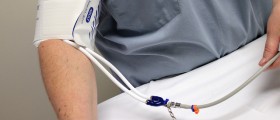

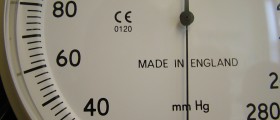


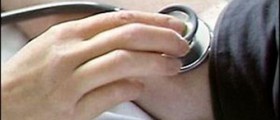


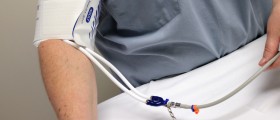

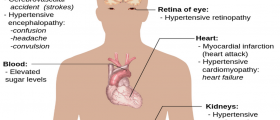



Your thoughts on this
Loading...